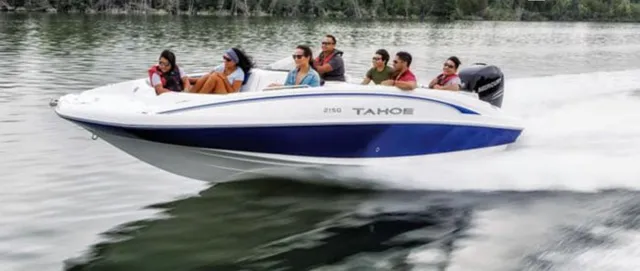Best Fishing Boat Rentals in Charlotte, NC
Best Fishing Boat Rentals in Charlotte, NC
Renting a boat is easy as
Find the perfect boat
Enter your desired location and date to explore our fleet of boats.
Select a captain
Choose to drive yourself or select a USCG licensed captain.
Book with ease
Connect with your boat owner and complete your booking online.
Go fishing
Enjoy your day on the water with friends and family!
Why Boatsetter?
As the global leader in peer-to-peer boat rentals, Boatsetter offers an easy, safe and accessible way to experience on-the-water adventures including fishing trips. With boat rentals in 600+ locations, finding a boat is easy and with the option to tap into the largest network of USCG licensed captains, boating experience is not required.

Got questions?
Frequently asked questions
How much does it cost to rent a boat?
The cost to rent a boat depends on whether you are renting for a half-day or a full day, the boat features and the boat size can impact your boat rental price. Rental prices can range from $200 to $1,000 plus depending on the boat rental itself and the length of time of the rental.
How many people can fit on the boat rental?
The number of people who can fit on boat rental largely depends on the boat’s size and how many life jackets are on board. Currently the coast guard allows a maximum of 10-12 people on a Boatsetter boat rental.
How old do you have to be to rent a boat?
You must be 18 years old to rent a captained boat and 25 years old if you would like to rent a bareboat charter.
Do I need a boating license to rent a boat?
Boating license requirements vary from state to state. As a renter, you are responsible for understanding local state requirements.
How much does it cost to rent a boat for the day?
The cost of renting a boat for the day on average ranges from $200 to $1200. The cost to rent a boat varies depending on the size of the boat and the length of time that you will be using the boat.
Top destinations for fishing boat rentals
Top fishing boat rentals reviews in Charlotte, NC
-
★ ★ ★ ★ ★ 5/5 stars
Great boat. Nice and clean.
jonathan
Jul 2025 -
★ ★ ★ ★ ★ 5/5 stars
Boat was ready and clean to have a great day. Communication was great and ready to go.
Brian
Jul 2025 -
★ ★ ★ ★ ★ 5/5 stars
-
★ ★ ★ ★ ★ 5/5 stars
Terrific. Boat was great for cruising around.
Andrew
Aug 2025 -
★ ★ ★ ★ ★ 5/5 stars
-
★ ★ ★ ★ ★ 5/5 stars
Browse by make
Browse by experience

Own a boat?
Boatsetter lets you make money renting out your boat. Peace of mind and insurance is included in every rental, and you choose who rents your boat.
List Your BoatReady to fish?
Search and find the perfect boat.
Need assistance?
Get in touch with one of our success experts.









 $64+
$64+


























